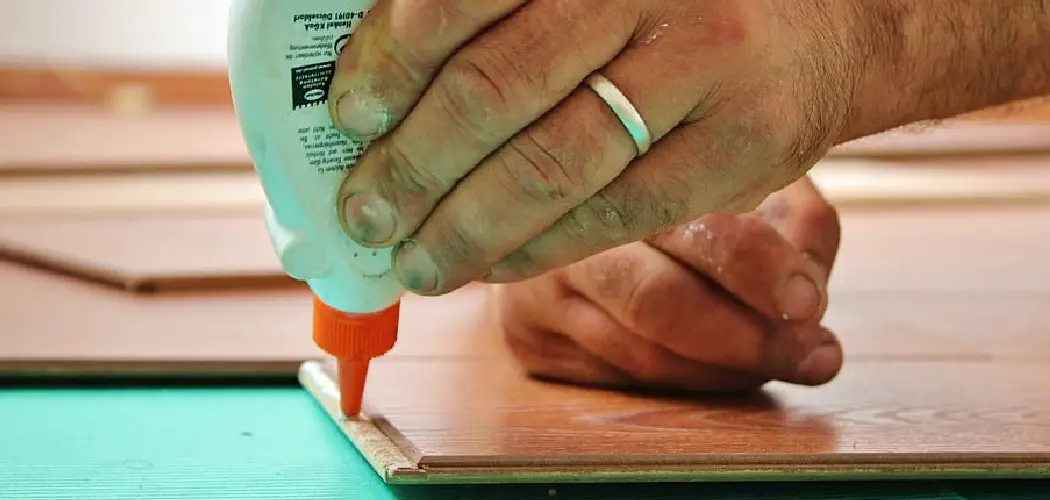There are so many types of adhesives out there, but hot glue is a popular choice among DIYers and hobbyists because of its versatility and fast-drying nature. But when it comes to gluing wood, some people might wonder whether hot glue is a strong enough adhesive. In this blog post, we’ll explore how strong is hot glue on wood and give you tips on how to maximize its effectiveness.
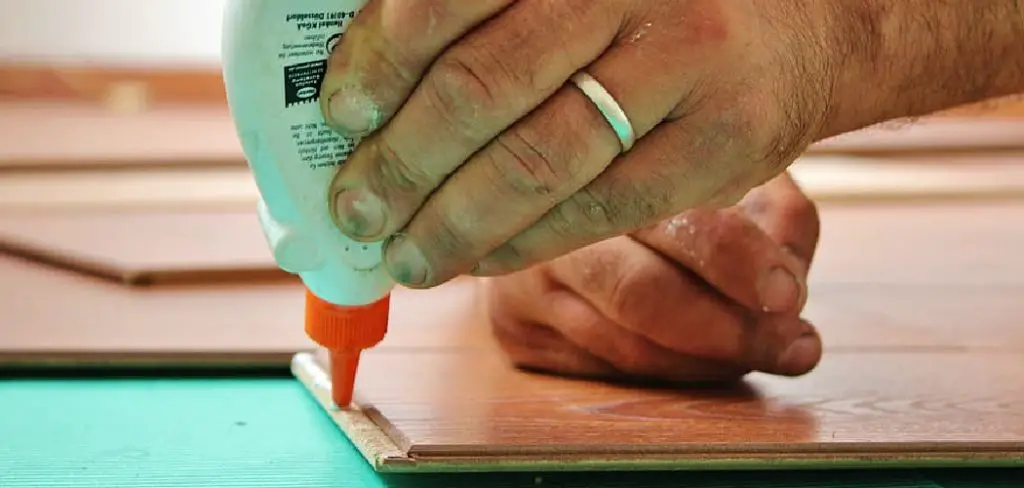
What is Hot Glue?
Hot glue is a versatile and powerful adhesive that is becoming increasingly popular in crafting. This type of glue is made of a thermoplastic resin that is melted and applied with a glue gun. It dries quickly and can be used on a wide variety of surfaces, from paper and fabric to plastic and wood.
Not only is hot glue incredibly strong, but it is also easily adjustable and can be removed with a bit of heat. This makes it a favorite among DIY enthusiasts and professionals alike. Whether you’re creating a homemade Halloween costume or fixing a household item, hot glue is an excellent choice for a quick and reliable solution.
Why Should You Use Hot Glue on Wood?
Crafters, woodworkers, and DIY enthusiasts alike know the importance of finding the perfect adhesive for their projects. While there are many options available on the market, hot glue has become a go-to choice for those working with wood. Not only does it provide a stronghold, but it dries quickly and can be easily applied with a glue gun.
Plus, unlike other adhesives, hot glue is flexible and can withstand movement and heavy use over time. Whether you’re creating a wooden picture frame or building a furniture piece, using hot glue ensures that your project will stand the test of time. So why settle for anything less? Try hot glue on your next wood project and see the difference it can make.
How Strong Is Hot Glue on Wood – 6 Things to Know
1. Type of Wood
Firstly, let’s talk about the type of wood you’re working with. Hot glue tends to work better on porous and lightweight woods, like balsa, basswood, or pine. These types of woods have open cell structures that allow the hot glue to seep in and create a strong bond. On the other hand, dense and oily woods, like teak, oak, or rosewood, can be more challenging to glue with hot glue.
The oils in these woods can repel the glue and prevent it from adhering properly. However, you can still use hot glue on these woods if you sand the surface first to remove the oils and create a rough texture for the glue to cling to.

2. Temperature of The Glue
The temperature of the hot glue is another important factor to consider. Hot glue is applied in its liquid form, but it solidifies as it cools down.
If the glue is too cool when you apply it, it won’t bond as well, so make sure to use a hot glue gun that heats the glue to the optimal temperature range (usually between 375 and 450 degrees Fahrenheit). Additionally, be mindful of the room temperature and humidity, as they can affect the time it takes for the glue to dry and cure.
3. Time for Drying and Curing
How long does it take for hot glue to dry on wood? It depends on the temperature, humidity, and type of wood you’re using. Generally speaking, hot glue will start to set within 5 minutes, but it can take up to 24 hours for the bond to cure and achieve its full strength fully.
4. Strength of the Glue Joint
Despite its quick drying time and ease of use, hot glue is not the most durable adhesive for wood. Hot glued joints can stay together for a few weeks or months but won’t be as strong as epoxy or waterproof wood glue.
5. Testing the Bond
To test the strength of a hot glued joint, try gently tugging or pulling on it. If the bond is strong and secure, you should be able to lift up the wood without it coming apart. However, if you notice any cracking, slackening, or give in the bond, then it’s likely not one of the strongest joints and should be re-glued.
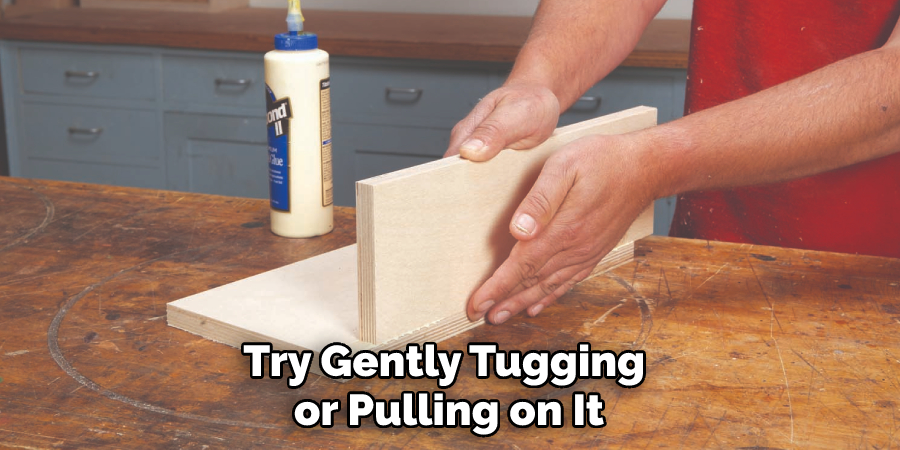
6. Enhancing the Strength of Hot Glue on Wood
Finally, there are a few ways to enhance the strength of hot glue on the wood and ensure that your joints stay secure for longer. Firstly, use plenty of glue – don’t be afraid to go overboard! Secondly, apply pressure as you’re gluing and clamp the pieces together until the glue has cooled and dried. Finally, use a finish like a varnish or lacquer to create an extra layer of protection for your joints.
Overall, hot glue can be a great choice for working with wood – as long as you know how to use it! By following the tips above, you can get the most out of hot glue and ensure that your joints stay secure for longer. Just remember: when it comes to gluing wood with hot glue, temperature and type of wood matter!
Make sure to use a quality hot glue gun, sand oily wood before gluing, allow enough time for the bond to dry, and use clamps and finishes to enhance the strength of your joints. With these tips in mind, you’ll be able to glue wood with hot glue like a pro!
Now that you know how strong is hot glue on wood, it’s time to get gluing! Get creative and let your imagination run wild – who knows what amazing projects you’ll create! Good luck, and happy gluing!
5 Considerations Things When You Need to Use Hot Glue on Wood
1. The Type of Wood
One of the most important things to consider when using hot glue on wood is the type of wood. Some woods are more porous than others and will absorb the glue more readily. Other woods are smoother and will not provide as good of a grip for the glue. Choosing the right type of wood for your project is important to ensure that the hot glue will adhere properly.
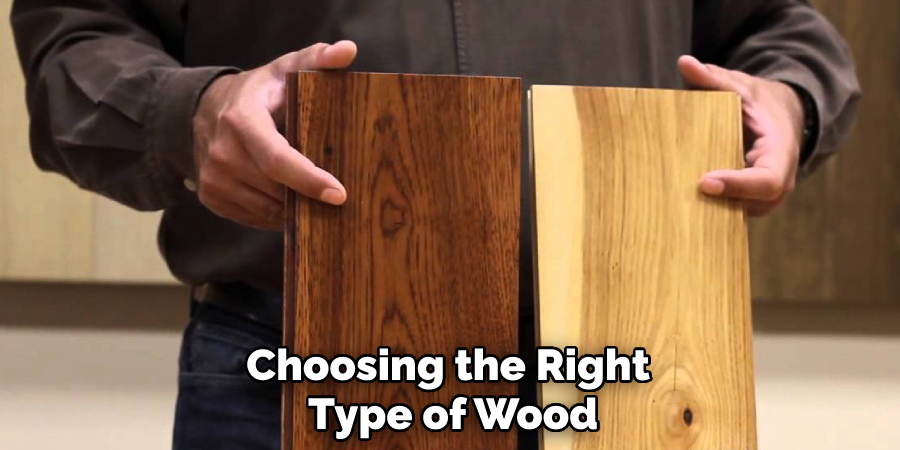
2. The Condition of the Wood
Another thing to consider is the condition of the wood. If the wood is old or has been damaged, it may not be as strong and might not be able to hold the hot glue as well. It is important to make sure that the wood is in good condition before using hot glue on it.
3. The Temperature of the Glue
The temperature of the hot glue can also be a factor in how well it adheres to wood. If the glue is too hot, it can damage the wood or cause it to warp. If the glue is too cold, it will not adhere properly. It is important to make sure that the glue is at the proper temperature before applying it to the wood.
4. The Amount of Glue Used
Another consideration is how much glue you use. If you use too much glue, it can seep into the pores of the wood and cause damage. If you use too little glue, it will not adhere properly and could come loose over time. It is important to use just enough glue so that it will hold without causing any damage to the wood.
5. The Cure Time
Finally, you need to consider how long it will take for the hot glue to cure. Depending on the type of glue you use, it can take anywhere from a few seconds to a few hours for it to fully cure. You need to ensure that you allow enough time for the glue to cure before using or moving anything glued together.
Benefits of Using Hot Glue on Wood
Using hot glue on wood comes with many benefits. It’s a fast, convenient, and inexpensive way to bond wood together. Hot glue guns are readily available and easy to use, making them a popular choice for DIY enthusiasts and professionals alike. Hot glue sticks can be used on a variety of wood surfaces, including rough and uneven surfaces that may be difficult to bond with traditional wood glue.
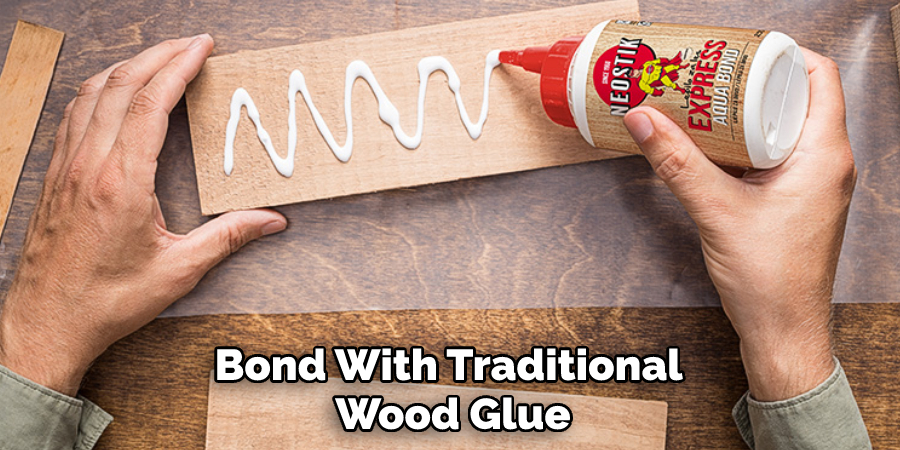
Hot glue is also a great choice for smaller woodworking projects where simply waiting for glue to dry isn’t an option. Plus, hot glue provides a strong bond that can withstand everyday wear and tear. Whether you’re repairing a broken wooden chair or creating a unique piece of art, hot glue is a versatile and reliable option.
Conclusion
Hot glue is a versatile and convenient adhesive for many DIY and crafting projects, but its bond strength on wood depends on several factors. By considering the wood type, glue temperature, bonding technique, and additional tools or materials, you can maximize the effectiveness of hot glue and ensure a strong and lasting bond.
While hot glue may not be the strongest adhesive for all wood applications, it can be a useful and practical choice for lightweight and non-critical projects. So don’t be afraid to experiment and find out what works best for your specific needs! Thanks for reading our post about how strong is hot glue on wood.

